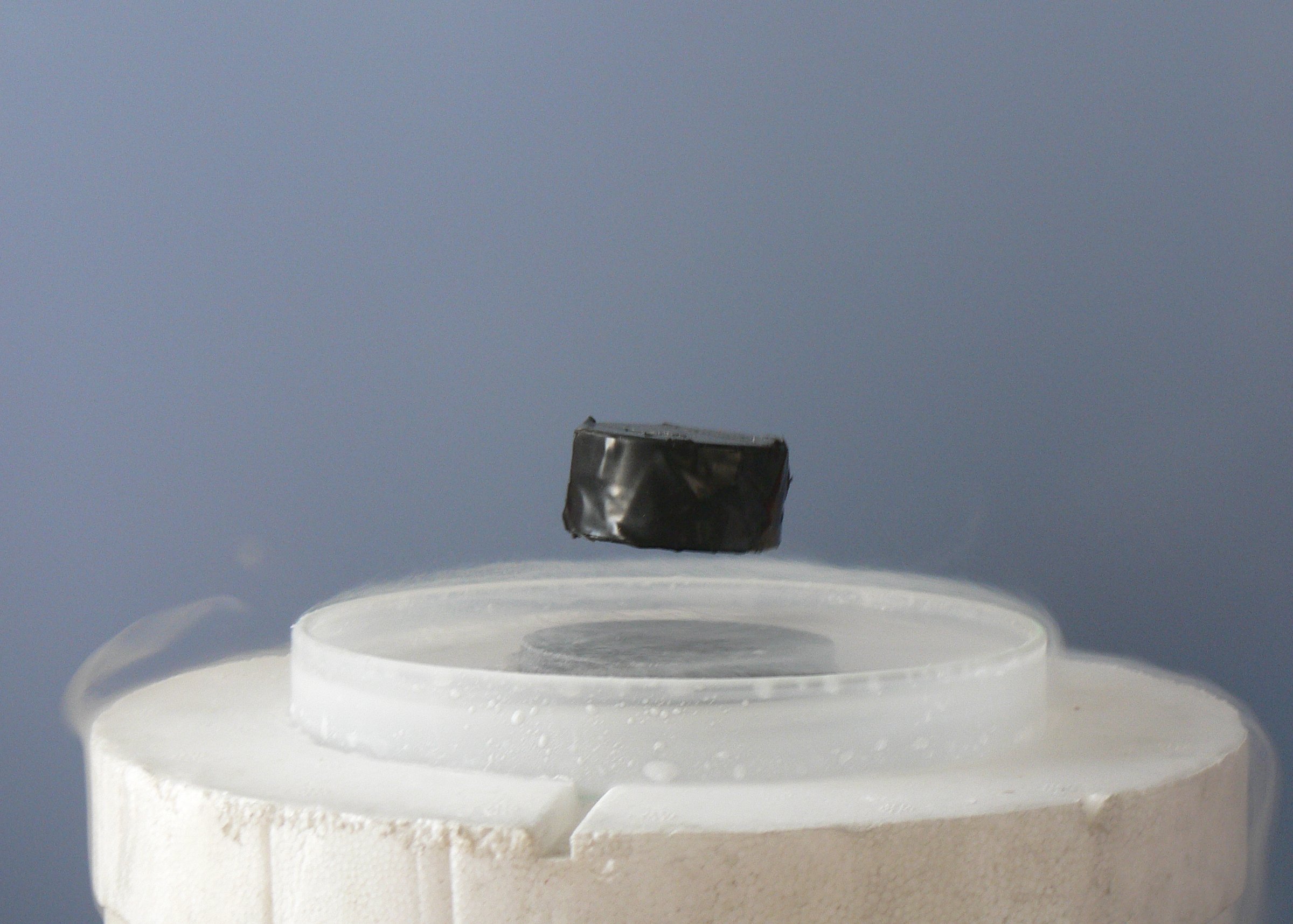
Cold‐Sintered C0G Multilayer Ceramic Capacitors
Sign Up to like & getrecommendations! Published in 2019 at "Advanced Electronic Materials"
DOI: 10.1002/aelm.201900025
Abstract: Multilayer ceramic capacitors (MLCCs) based on (Bi0.95Li0.05)(V0.9Mo0.1)O4‐Na2Mo2O7 (BLVMO‐NMO), with er = 39, temperature coefficient of capacitance, TCC ≈ ±0.01%, and tan δ = 0.01 at 1 MHz, are successfully fabricated by a cold‐sintering process at… read more here.
Keywords: ceramic capacitors; sintered c0g; c0g multilayer; multilayer ceramic ... See more keywords

High quality factor cold sintered Li2MoO4BaFe12O19 composites for microwave applications
Sign Up to like & getrecommendations! Published in 2019 at "Acta Materialia"
DOI: 10.1016/j.actamat.2018.12.057
Abstract: Abstract Ceramics-ceramic composites in series (1-x)Li2MoO4-xBaFe12O19 (LMO-BF12, 0.00 ≤ x ≤ 0.15) have been cold sintered at 120 °C and their structure and properties characterized. X-ray diffraction, scanning electron microscopy (SEM) and transmission electron microscopy (TEM) confirmed that compositions were… read more here.
Keywords: quality factor; microscopy; factor cold; high quality ... See more keywords

Cold sintered CaTiO3-K2MoO4 microwave dielectric ceramics for integrated microstrip patch antennas
Sign Up to like & getrecommendations! Published in 2020 at "Applied Materials Today"
DOI: 10.1016/j.apmt.2019.100519
Abstract: Abstract CaTiO3-K2MoO4 (CTO-KMO) dielectric composites were successfully cold-sintered at 150 °C for 30 min with a uniaxial pressure of 200 MPa. X-ray diffraction, Raman spectroscopy, back-scattered SEM and energy dispersive x-ray mapping confirmed the coexistence of CTO and… read more here.
Keywords: microstrip patch; cold sintered; catio3 k2moo4;

Direct Integration of Cold Sintered, Temperature-Stable Bi2Mo2O9-K2MoO4 Ceramics on Printed Circuit Boards for Satellite Navigation Antennas
Sign Up to like & getrecommendations! Published in 2020 at "Journal of The European Ceramic Society"
DOI: 10.1016/j.jeurceramsoc.2020.04.025
Abstract: Abstract Bi2Mo2O9-K2MoO4 (BMO-KMO) composite ceramics with >95% theoretical density were densified by cold sintering at 150 °C. XRD, Raman, back-scattered SEM and EDX spectroscopy indicated that the BMO and KMO phases coexisted in all composites without… read more here.
Keywords: cold; bi2mo2o9 k2moo4; temperature stable; cold sintered ... See more keywords

Fabrication of high quality factor cold sintered MgTiO3–NaCl microwave ceramic composites
Sign Up to like & getrecommendations! Published in 2020 at "Materials Chemistry and Physics"
DOI: 10.1016/j.matchemphys.2020.123636
Abstract: Abstract Magnesium titanate is a well-known low loss dielectric ceramic, widely used in dielectric resonator and multilayer ceramic capacitor applications. But its high sintering temperature (1400°C) results in high energy consumption and thereby increases the… read more here.
Keywords: ceramic composites; high quality; factor cold; quality factor ... See more keywords

Microwave dielectric properties of cold sintered Al2O3-NaCl composite
Sign Up to like & getrecommendations! Published in 2018 at "Materials Letters"
DOI: 10.1016/j.matlet.2017.09.083
Abstract: Abstract Alumina-sodium chloride (Al 2 O 3 -NaCl) composite (1:1 ratio in weight percentage (wt%)) is cold sintered at 120 °C. The cold sintered composite with a densification of 96% has e r and tan δ values… read more here.
Keywords: nacl composite; dielectric properties; properties cold; microwave dielectric ... See more keywords

Cold sintered LiMgPO 4 based composites for low temperature co‐fired ceramic (LTCC) applications
Sign Up to like & getrecommendations! Published in 2020 at "Journal of the American Ceramic Society"
DOI: 10.1111/jace.17320
Abstract: Cold sintered, Li2MoO4‐based ceramics have recently been touted as candidates for electronic packaging and low temperature co‐fired ceramic (LTCC) technology but MoO3 is an expensive and endangered raw material, not suited for large scale commercialisation.… read more here.
Keywords: low temperature; temperature; temperature fired; fired ceramic ... See more keywords

Temperature Stable Cold Sintered (Bi0.95Li0.05)(V0.9Mo0.1)O4-Na2Mo2O7 Microwave Dielectric Composites
Sign Up to like & getrecommendations! Published in 2019 at "Materials"
DOI: 10.3390/ma12091370
Abstract: Dense (Bi0.95Li0.05)(V0.9Mo0.1)O4-Na2Mo2O7 (100−x) wt.% (Bi0.95Li0.05)(V0.9Mo0.1)O4 (BLVMO)-x wt.% Na2Mo2O7 (NMO) composite ceramics were successfully fabricated through cold sintering at 150 °C under at 200 MPa for 30 min. X-ray diffraction, back-scattered scanning electron microscopy, and Raman… read more here.
Keywords: 95li0 9mo0; stable cold; 9mo0 na2mo2o7; temperature stable ... See more keywords